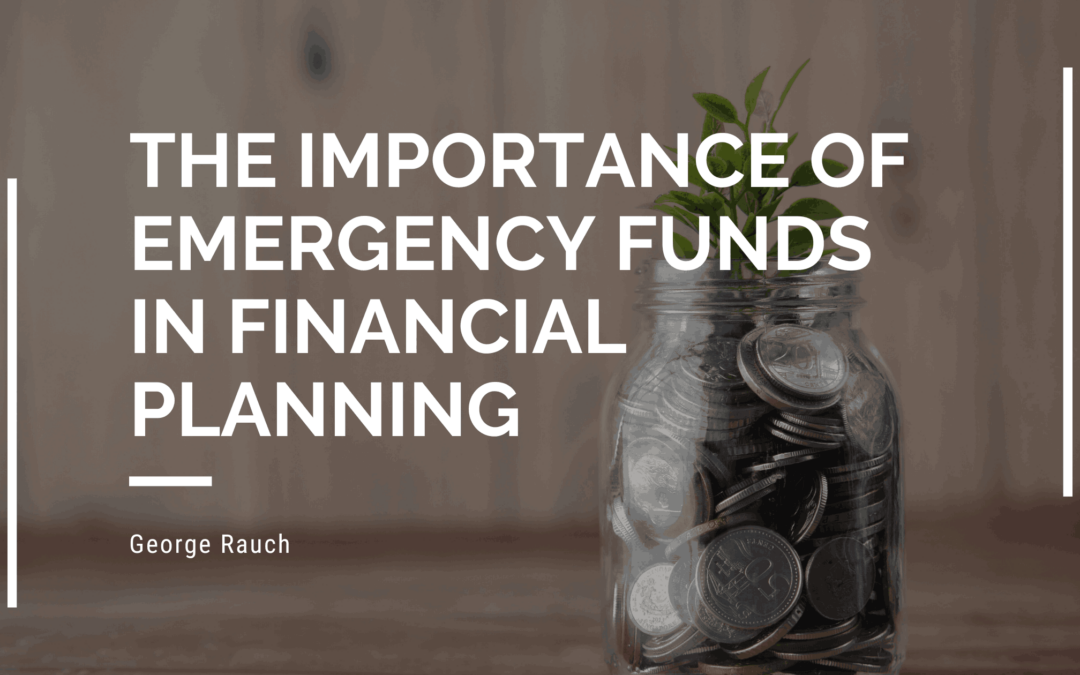An emergency fund is a financial safety net that helps individuals and businesses navigate unexpected expenses without derailing their long-term financial goals. Life is unpredictable, and emergencies such as medical expenses, car repairs, or sudden job loss can occur at any time. Having a dedicated emergency fund ensures that you can handle these situations without relying on high-interest debt or liquidating investments.
What is an Emergency Fund?
An emergency fund is a reserve of money set aside specifically to cover unforeseen expenses or financial emergencies. Unlike savings for planned goals such as buying a house or funding education, emergency funds are designed to provide immediate financial support in times of crisis.
Why is an Emergency Fund Important?
- Provides Financial Security
An emergency fund offers peace of mind by providing a financial cushion during uncertain times. Knowing that you have funds to cover unexpected costs reduces stress and allows you to focus on resolving the issue at hand. - Prevents Debt Accumulation
Without an emergency fund, individuals may resort to credit cards, personal loans, or payday loans to cover unexpected expenses. These options often come with high interest rates, leading to a cycle of debt. - Protects Long-Term Investments
In the absence of an emergency fund, individuals may be forced to liquidate investments or dip into retirement savings. This can derail long-term financial plans and lead to missed opportunities for growth. - Maintains Financial Stability
For businesses, an emergency fund helps manage cash flow during downturns, unexpected expenses, or delays in customer payments. This ensures that operations continue smoothly without compromising financial health. - Supports Job Loss or Income Reduction
Losing a job or experiencing a significant reduction in income can be financially devastating. An emergency fund provides a buffer, allowing you to cover essential expenses while searching for new opportunities.
How Much Should Be in an Emergency Fund?
The ideal size of an emergency fund varies based on individual circumstances, but general guidelines suggest:
- For Individuals: Three to six months’ worth of essential living expenses, including rent/mortgage, utilities, groceries, and insurance.
- For Businesses: Three to six months’ worth of operating expenses, including payroll, rent, and utilities.
Those with more stable income or multiple income streams may opt for a smaller fund, while individuals with variable income or higher financial responsibilities may prefer a larger cushion.
Building an Emergency Fund: Step-by-Step Guide
- Assess Your Monthly Expenses
Start by calculating your essential monthly expenses. This will help you determine the total amount needed for your emergency fund. - Set a Realistic Goal
Based on your expenses, set a savings goal for your emergency fund. Break it down into smaller, manageable milestones to stay motivated. - Create a Budget
Review your income and expenses to identify areas where you can cut back or reallocate funds toward your emergency savings. Even small contributions can add up over time. - Automate Savings
Set up automatic transfers from your checking account to a dedicated emergency savings account. This ensures consistent contributions without the need for manual effort. - Prioritize Emergency Savings
Focus on building your emergency fund before allocating excess funds to other financial goals, such as investments or discretionary spending. - Use Windfalls Wisely
Apply bonuses, tax refunds, or other unexpected windfalls directly to your emergency fund to accelerate its growth.
Where to Keep Your Emergency Fund
- High-Yield Savings Accounts
These accounts offer higher interest rates than traditional savings accounts, allowing your emergency fund to grow while remaining easily accessible. - Money Market Accounts
Money market accounts provide slightly higher returns with check-writing capabilities, making them a good option for emergency funds. - Cash
While not ideal for large amounts due to the lack of interest, keeping a small amount of cash on hand can be useful for immediate needs during emergencies.
Common Mistakes to Avoid
- Using the Fund for Non-Emergencies
It’s essential to reserve your emergency fund for true emergencies, such as medical expenses or urgent repairs. Avoid dipping into it for discretionary purchases or non-essential expenses. - Neglecting to Replenish
After using your emergency fund, prioritize rebuilding it to its original level. Leaving it depleted can leave you vulnerable to future emergencies. - Keeping the Fund in Risky Investments
Emergency funds should be kept in low-risk, easily accessible accounts. Avoid placing these funds in stocks or other volatile investments that could lose value when you need them most. - Underestimating the Required Amount
Failing to save enough can leave you short in a real emergency. Regularly review your expenses and adjust your fund accordingly.
Real-World Example: The Power of Emergency Funds
Consider an individual who loses their job unexpectedly. Without an emergency fund, they may struggle to cover rent, bills, and daily expenses, leading to debt accumulation. However, with six months’ worth of expenses saved, they can focus on job hunting without the added stress of financial instability.
Similarly, a small business facing a sudden drop in sales due to economic downturns can use its emergency fund to cover payroll and operational costs, ensuring business continuity and avoiding layoffs.
An emergency fund is a crucial component of financial planning, providing a safety net that protects against life’s uncertainties. By building and maintaining a robust emergency fund, individuals and businesses can navigate financial challenges with confidence and preserve their long-term financial health. In an unpredictable world, this financial buffer is not just a safety measure—it’s a necessity.

